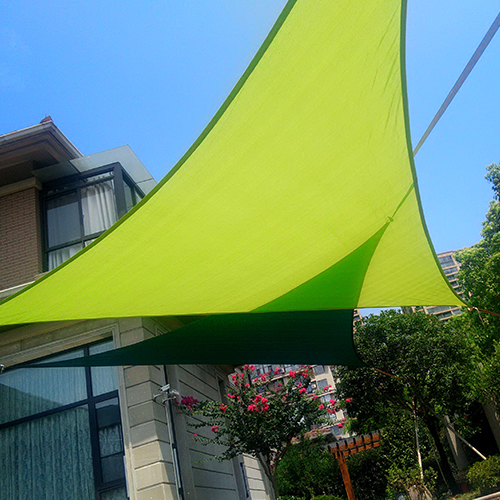Customer expresses intent; Communicate between the two parties; Provide analysis reports to customers; Reach a cooperation intention.
Dealing with local stains on roll-up blinds can be done with care to avoid damaging the blinds' material. The specific method you use will depend on the type of stain and the material of the blinds. Here are steps to address common types of local stains on roll-up blinds:
1. Dust the Blinds: Before attempting to clean the stain, start by dusting the entire surface of the blinds with a feather duster, microfiber cloth, or a vacuum cleaner with a brush attachment. This removes loose dirt and dust that could potentially scratch the blinds during cleaning.
2. Identify the Type of Stain: Determine what caused the stain to choose the appropriate cleaning method:
Water-Based Stains (e.g., food, beverages, water): Blot the stain with a clean, damp cloth. Avoid rubbing, as this can spread the stain. Blot gently until the stain lifts. If necessary, add a small amount of mild detergent to the water.
Oil-Based Stains (e.g., grease, makeup): Apply a small amount of dish soap or a grease-cutting detergent to a damp cloth and gently blot the stain. Rinse the area with clean water and blot dry.
Ink Stains: For ink stains, use rubbing alcohol or a commercial ink stain remover. Dampen a cloth with the alcohol or stain remover and gently blot the stain until it lifts. Rinse with water and blot dry.
Mold or Mildew: Mix equal parts water and white vinegar in a spray bottle. Spray the affected area, let it sit for a few minutes, then wipe with a clean cloth. This can help remove mold or mildew stains and prevent further growth.
3. Blot, Don't Rub: When treating stains, avoid vigorous rubbing, as it can damage the fabric or material of the blinds. Instead, blot the stain gently with a clean cloth or sponge until the stain is removed or significantly lightened.
4. Rinse and Dry: After treating the stain, rinse the area with clean water using a damp cloth to remove any residue from the cleaning solution. Blot the area dry with a clean, dry cloth. Ensure that the blinds are completely dry to prevent water spots or further staining.
5. Test in an Inconspicuous Area: Before using any cleaning solution on your blinds, it's a good practice to test it in an inconspicuous area to ensure that it doesn't cause discoloration or damage.
6. Professional Cleaning: For stubborn or delicate stains that you are unsure how to remove, consider consulting a professional blind cleaning service. They have the expertise and specialized equipment to safely clean and treat different types of stains on blinds.
Remember that the effectiveness of stain removal depends on the type of stain, the material of the blinds, and the promptness of your response. Acting quickly to address stains can improve the chances of successful removal.
 English
English 日本語
日本語 русский
русский Español
Español







 浙公网安备 33068302000509号
浙公网安备 33068302000509号